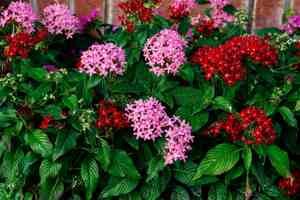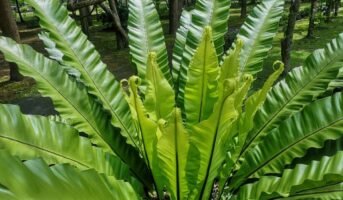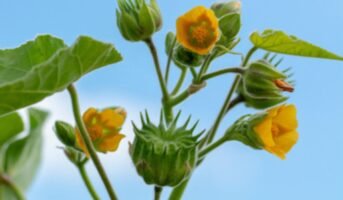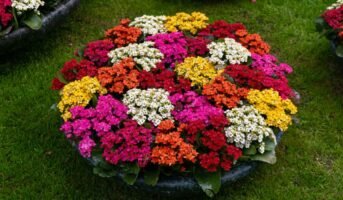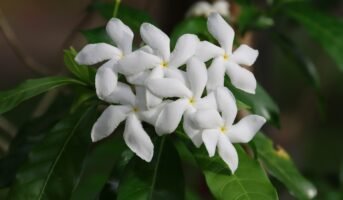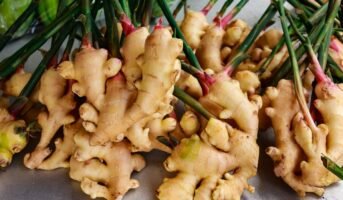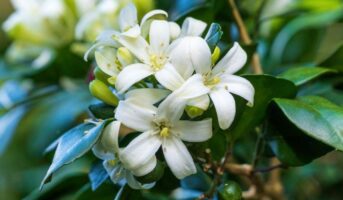The name Pentas lanceolata might remind you of a Shakespearean character or two, but that’s not the case. Pentas lanceolata is a perennial plant, native to the eastern Asian continent. It grows up to 1.5 metres in height, with a narrow and upright stem. The leaves are lance-shaped, with a pointed tip and a slightly recurved margin. The flowers are small and greenish-yellow. They are produced in clusters at the top of the plant.
Pentas lanceolata is best used fresh or dried as a herbal tea or tincture. It has been used medicinally for centuries. Its root was traditionally used to ease pain and inflammation in joints and muscles while its leaves were used as an anti-inflammatory agent for wounds and skin conditions. Modern science has found that Pentas lanceolata contains vitamins B1, B2, C and E which are beneficial when taken internally due to their antioxidant properties.
Pentas lanceolata: Quick Facts
| Plant Name | Pentas lanceolata |
|---|---|
| Common Name | Pentas Star, Egyptian Star Flower |
| Genus | Pentas |
| Clade | Tracheophytes |
| Order | Gentianales |
| Family | Rubiaceae |
| Life Cycle | Perennial |
| Mature Size | Up to 1.3 m Tall and 0.6 m wide |
| Cultivation | East Asia |
| Benefits | Medical treatment |
Physical Description of Pentas lanceolata
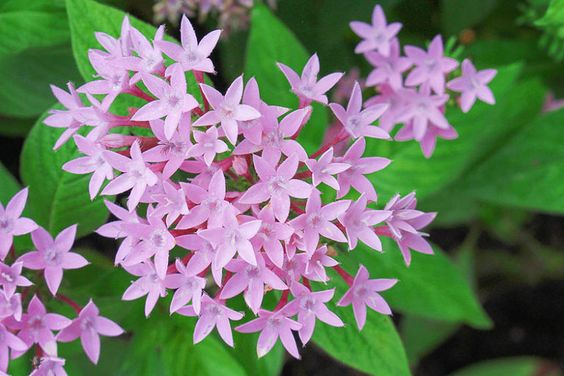
Source: Pinterest
- Pentas lanceolata is a perennial plant that produces several flowers from spring to fall. The plant can grow up to 6 feet tall and 5 feet wide, depending on the variety.
- It is a slow-growing perennial plant, which has large green leaves and white or pink flowers. The flowers are usually not fragrant but might have a mild sweet fragrance.
- The flowers are white to pale blue, usually with purple blotches. The sepals are 5–6 mm long and 3–4 mm wide at their base. The petals are 4–6 mm long and 2–3 mm wide at their base.
How to grow Pentas lanceolata?

Source: Pinterest
Pentas lanceolata can be grown indoors or outside, depending on your climate. The plant prefers partial to full shade and prefers moist soil. If you have access to a greenhouse or other indoor garden area, this plant will thrive in it. If you reside in a colder region, you might choose to start your plants indoors and move them outside after they are larger than pencil-eraser size.
Pentas lanceolata should be watered one time per week during the growing season or less if you’re using an organic potting mix. This fern can tolerate drought conditions, but it is still best to avoid letting it dry out completely. You should also avoid applying fertiliser directly onto the leaves of Pentas lanceolata.
- To propagate the Pentas lanceolata plant, you need to first remove the lower leaves from the stem of the plant and then place them in water overnight.
- The next day, take out the leaflets and place them on a glass or plastic plate. If they are not moist, they should be placed in a moist paper towel or wrapped in a wet paper towel and then put into fresh water.
- After two to three days, you should see growth begin at the nodes where the leaves were placed.
- Once this happens, you can move on to rooting them by removing all but one node from each leaf, placing it in a jar with damp peat moss and covering it with more peat moss so that it is completely submerged. The jar should be kept in a warm place for four to five weeks until new shoots appear along its length.
- Once this has happened, you can put up your Pentas lanceolata plant and place it outside in the partial shade until it is fully grown.
Maintenance tips for Pentas lanceolata
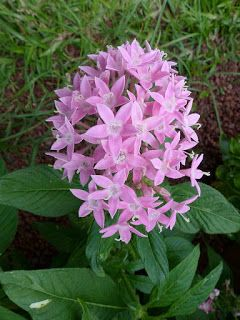
Source: Pinterest
The best time to plant your Pentas lanceolata is in the spring when the water temperature is at least 25° C. You can plant your plant in a plastic container with holes drilled into the top or bottom one hole per stem to allow for proper drainage.
You should fertilise your Pentas lanceolata every two weeks until it reaches 2 inches tall. After this point, you should only fertilise once per month.
Pentas lanceolata requires very little light during its early stages of growth. However, as it matures and grows taller, it will need more light than before. You can provide this by placing your plant in an area with plenty of sunlight.
Uses of Pentas lanceolata
- Pentas lanceolata has been used traditionally for its medicinal properties.
- It is used as an anti-inflammatory remedy for rheumatoid arthritis, tendonitis and gout.
- Additionally, it is utilised as an antispasmodic to treat young children’s colic pain.
- It’s used as a tonic for fatigue or debility caused by chronic conditions such as diabetes mellitus or hypothyroidism.
- Given its beauty, the plant can also be grown indoors to add to the aesthetic appeal of your home.
FAQs
What is the poisonous nature of pentas?
It is safe for dogs, cats, and humans to consume pentas flowers.
Can pentas be used as houseplants?
Yes. Butterflies, hummingbirds, and bees are attracted to pentas because of their large clusters of starry blooms. When planted in the ground or containers, this plant grows well, and it can even be grown as a houseplant with sufficient light.
Is it possible to eat pentas flowers?
Pentas flowers can be eaten and used medicinally.
What is the preferred place to grow pentas?
Provide pentas with at least six to eight hours of bright light per day in a sunny location.
Housing News Desk is the news desk of leading online real estate portal, Housing.com. Housing News Desk focuses on a variety of topics such as real estate laws, taxes, current news, property trends, home loans, rentals, décor, green homes, home improvement, etc. The main objective of the news desk, is to cover the real estate sector from the perspective of providing information that is useful to the end-user.
Facebook: https://www.facebook.com/housing.com/
Twitter: https://twitter.com/Housing
Email: [email protected]
